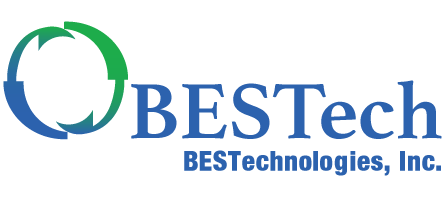PROS AND CONS
Comparisons of Solutions
Jetting
Immediate Result: Good – the drain lines are open and flowing after treatment
Long Term Results: Good to Bad. – If the person providing the service jets the line all the way to the municipal sewer pipe, the grease problem becomes the municipality’s responsibility. If not, the grease re-forms a little further downstream (but still on restaurant property), meaning an early call back is likely.
Comparative Cost: High
Routing
Immediate Result: Good – the drain lines are open and flowing after treatment
Long Term Results: Good to Bad. – If the person providing the service jets the line all the way to the municipal sewer pipe, the grease problem becomes the municipality’s problem. If not, the grease re-forms a little further downstream (but still on restaurant property), meaning an early call back is likely. Bad because the cutting blades score the inside of the drain line being routed, providing a rough surface which grease can easily adhere and shortening the life of the drain-line itself.
NOTE: Occasionally a tree root will find a way into a drain line, and when this happens, routing or jetting may be the only way to clear the problem without replacing the breached drain line.
Comparative Cost: High
Sanitizers
Immediate Result: Have little impact to grease accumulation. Some sanitizers such as bleach will harden the grease surface making it more difficult to remove later. Sanitizers may temporarily alleviate organic odors caused by rotting food stuck to the piping.
Long Term Results: Will kill natural bacteria aiding in removing food and grease from the piping, resulting in a higher total accumulation.
Comparative Cost: Low
Hot water
Long Term Results: No actual removal of grease or organics imbedded in the grease accumulated on the piping until it flows far enough down-stream to cool, at which point it will begin to solidify. Odors will return.
Comparative Cost: Low
Immediate Result: May help odors by washing large food particles further down the piping. Furthermore, the benefit is limited to the drain line from the entry point to the grease trap or interceptor – there is minimal benefit (if any at all) beyond.
Emulsifiers
Contain enzymes which can break the molecular structure of grease molecules into smaller parts which are more water soluble. The amount of emulsifiers needed is directly proportional to the amount of grease to be removed. Direct contact of the grease and emulsifier is required.
Immediate Result: May provide limited relief for a relatively short amount of time.
Long Term Results: Little if any long term benefit.
Comparative Cost: Low
Surfactants
Surfactants surround grease molecules making them soluble in water.
Immediate Result: Little if any immediate relief. Time for a colony of bacteria to form is necessary for the bacteria to become effective.
Long Term Results: the surfactant molecules break down releasing complete grease molecules which will accumulate on piping, equipment, and other surfaces
Comparative Cost: Low
Live, Vegetative Bacteria
A well balanced consortium of bacteria will consume the grease and other organic matter, turning them into carbon dioxide and water. Although bacteria provides minimal immediate relief, it is the most environmentally friendly approach for a long term solution.
Spore Form Bacteria
Immediate Result: Poor to Good – If the bacteria are in spore state when placed in treatment, they will likely have been washed downstream before coming out of its spore state, and would be of no help. If they are not in spore form, they would immediately begin to consume grease and other organic matter.
Long Term Results: Poor to Good – for reason stated above.
Comparative Cost: Moderate
NOTE: You may wonder why BESTech includes both vegetative live bacteria and bacteria that take on spore form when encountering a hostile environment. We consider it an insurance policy of sorts. Most of the strains in our formula are live vegetative bacteria and unless hostile conditions are encountered, can be depended on to effectively consume grease and other byproducts of food processing. If however, hostile conditions are encountered (such as bleach and/or other caustic materials), the vegetative bacteria will be destroyed, but our expectation is that at least some of the strains that took on spore form will survive and become active again, thereby providing some level of bioremediation benefit, although greatly reduced from what would have been had the hostile conditions not existed.
Still Have Questions?
Contact Us.
Fill out the form below to let us know your questions or to get pricing about this product.
"*" indicates required fields

